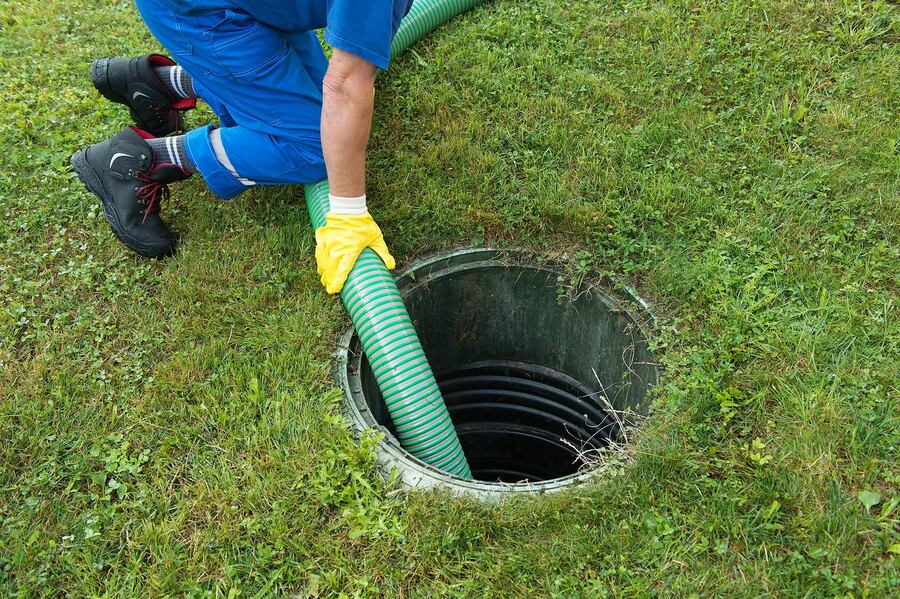Call This Sunday to Get $25 OFF
Clean Solutions, Dirty Jobs – Done Right. Reliable. Responsive. Remarkable.
Call This Sunday to Get $25 OFF
Clean Solutions, Dirty Jobs – Done Right. Reliable. Responsive. Remarkable.
Purchasing a home with a septic system can be a smart move, especially if you’re seeking a property in a rural or suburban area not connected to a municipal sewer line. But with that independence comes responsibility. As the new homeowner, it’s up to you to ensure proper septic tank maintenance to avoid costly repairs, backups, and environmental hazards.

If you’ve recently closed on a property with a septic system, don’t worry, proper care isn’t complicated. With a few simple practices and support from a trusted septic company, you can keep your system running smoothly for decades.
A septic system is a private, underground wastewater treatment system. It typically includes a septic tank, where solids settle and break down, and a drain field (also called a leach field), where liquid wastewater is filtered through soil.
Knowing where your tank and drain field are located is the first step in smart septic tank maintenance. This will help you avoid damaging components with heavy vehicles, landscaping, or construction work.
The septic system is an onsite waste treatment facility, and it is incredibly reliable. However, the system is only as effective…
Imagine flushing your toilet and then suddenly realizing that your backyard has turned into a swampy mess. This unpleasant experience is…
Soil testing is a critical step in various construction and environmental projects. It provides essential information about the ground conditions, which…
Grease traps are remarkable tools that help keep your establishment clean and free from bad odors. Septic Connection has a…
If you have just moved into a new home or property that relies on a septic system for waste and wastewater…
One of the most essential maintenance tasks is routine septic tank pumping. Over time, solid waste builds up in the tank and needs to be removed. Failure to pump on schedule can result in tank overflows, backups, or even system failure.
New homeowners should:
Your septic system isn’t a garbage disposal—it’s designed to treat organic waste and wastewater only. Anything else can cause clogs, damage, or kill the helpful bacteria that break down solids in the tank.
Avoid flushing or draining:
Switch to septic-safe toilet paper and cleaning products whenever possible. These break down more easily and help maintain a healthy microbial balance inside your tank.
Your drain field is a vital part of the system, and it must remain clear and functional. Avoid compacting the soil or saturating it with excess water, which can disrupt drainage and cause flooding.
Drain field best practices include:
A failing septic system can become a major problem quickly. Early detection is key. Keep an eye out for these warning signs.
If you notice any of these issues, call professionals from Septic Connection immediately to inspect your system.
Owning a home with a septic system doesn’t have to be stressful. With proper septic tank maintenance, routine inspections, and a few good habits, you’ll enjoy years of worry-free operation. Trust Septic Connection to help you care for your system and protect your investment for the future.
Buying a home with a septic system can feel intimidating if you’ve never had one before. Unlike city sewer systems, septic systems rely on regular care and professional service to…
Read moreHosting a big party at your home can be exciting, but it also brings a unique set of challenges, especially when you rely on a septic system. Between extra guests,…
Read more